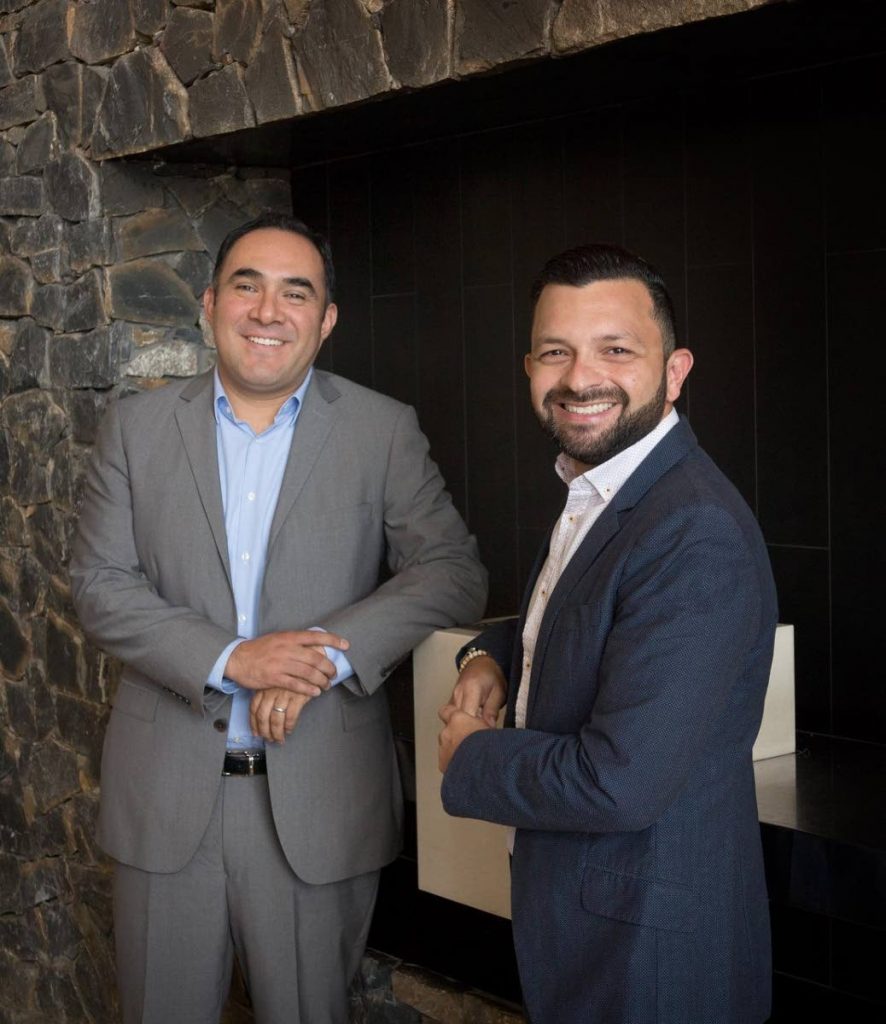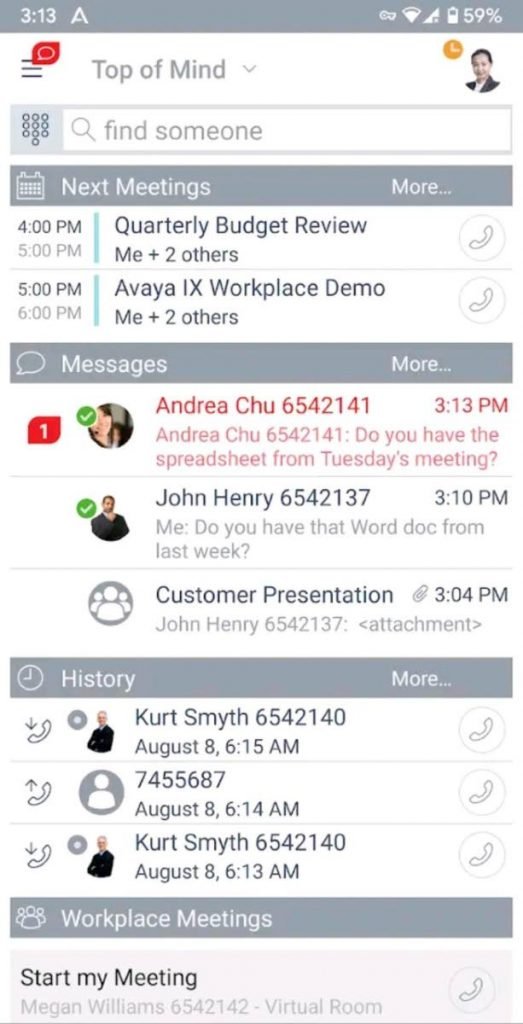Avaya delivers Workplace app

Chances are if you've ever sat down in the boardroom of a major local business, you've seen hefty cameras machined down to their optical basics facing the commanding boardroom table.
Those cameras and the system they link into were probably made by Avaya, a communications company that was spun off from Lucent Technologies in 2000.
By 2009, the company had been through several owners but struck paydirt when it acquired the enterprise assets of declining communications powerhouse Nortel. The company would continue to go through successive owners and make strategic acquisitions, drifting into Chapter 11 bankruptcy protection in early 2017 before being acquired by Extreme Networks and shedding an unprofitable call-centre business later that year.
Avaya is back in Port of Spain this week to announce a partnership with TSTT that evolves the Avaya brand from telepresence to office presence.
The cloud-based business product will be sold as a service by TSTT and delivers office connectivity on mobile devices running iOS and Android and computers running Mac OS and Windows.
"I think that's everything," Julio Blanco Rey, territory account manager for TT and Jamaica, says with a grin during our meeting at the Hyatt Regency, Port of Spain on Tuesday afternoon.
The new product is accessed via an app called Avaya IX Workplace that’s available in the app stores for all four platforms and is a clear effort at building a new groupware platform, Aura Communications, in a competitive market.
And it’s not only the traditional upmarket cloud players that Avaya is going up against. The new product will need to offer significant value in an environment that is well populated with consumer-level products that can be deployed at low to no cost to enable communication.
To distinguish the new product in a busy landscape of social media tools that all offer some level of video conferencing, Avaya has crafted an app with the feel of a social media communications tool.

The home screen of the Workplace app features current online conferences, your most recent text messages and a recent call history on the first screen alone. Joining a conference is just a matter of tapping the entry and you are bounced directly into the discussion in progress.
The product emphasis is on business communication via text, voice and video, sharing documents, joining teleconferences and hosting virtual meetings.
The new platform can accommodate up to 3,000 users and there’s a baseline of 50 seats for implementing the platform, though Blanco noted that there is a consideration for smaller businesses with high usage needs.
There are three tiers of service, Essential, Business and Power, which steadily expand the number of concurrent users who can engage in voice and video conferencing meetings from five to 60. The cloud service also supports integration with Slack Sales Force, Microsoft Office, Google and Skype for Business.
For installations that allow bring your own device for connectivity, the requirements for installing the Workplace software are reassuringly low.
Most of the service is hosted on the cloud, so hardware requirements align with any recent mobile device. You just need to have enough space to install the app. The Android app weighs in at 57MB.
Desktop versions of the software are called Equinox, and the Windows client is 54MB with the MacOS version calling for 107MB.
The architecture of the new communications system is based on local service. Data traffic that originates locally remains local and is routed through TSTT’s servers. For security, all streams are protected with AES 128 bit encryption.
According to Blanco, existing Avaya customers can make use of the system, with some caveats.
“If they want to use their existing telephones, they would need to reroute their phones to see the new network, but the end user experience will be exactly the same.
“What we are doing is bringing flexibility. Instead of being tied to a hardware solution, we are delivering a software solution that you are renting.
“It requires a change of mindset; this is a solution you can deploy everywhere on any device.”
“You no longer have to pay for a maintenance contract; you are paying a service that is continuously being developed. You can scale users based on need and demand.”
“The workload,” added Gabriel Lopez, business development manager for cloud solutions, “is moved from the IT department to TSTT’s servers.”
Avaya is advocating the idea of lean rooms, an evolution from the plush telepresence accommodations that have normally been associated with its communications solutions.
These rooms, explained Blanco, are more personal, require less equipment, and use devices that connect wirelessly.
There’s an upgrade available that integrates older Avaya telepresence systems into the new Workplace system, but the company is determinedly moving forward with an office solution that reflects the way that people prefer to work, connecting from points of convenience instead of gathering to meet the needs of a hardware installation.
“It's important to us that TSTT have the full range of services so that the customer can make the final decision,” Lopez said.
“We are also making available all our APIs so that TSTT can add to the product mix. We are starting off with Office 365 and Google.
“TSTT is a long standing partner of Avaya, through this relationship they will have access to every new feature and every new development we bring to the market.
“We are the vendor in the market that can deliver contact centre, collaboration and video-conferencing solutions via the cloud.”


Comments
"Avaya delivers Workplace app"